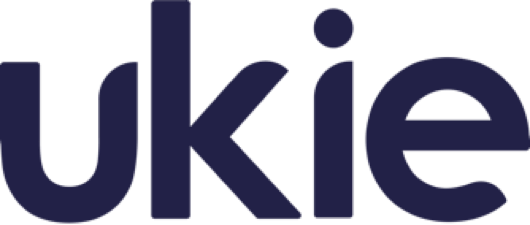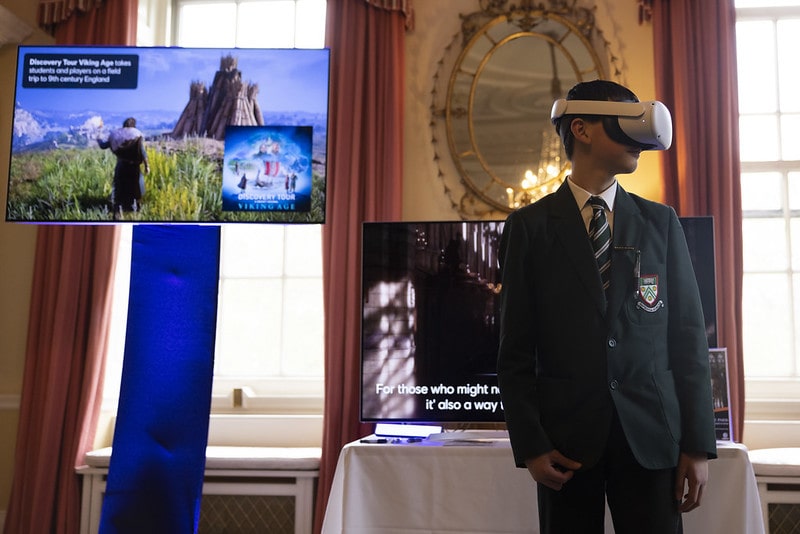Yesterday new data from Ofcom's annual Online Nation report found that Gen Z are driving the early adoption of generative AI. This could be a good thing.
We’ve known for some time that the world of work is changing faster than the talent pipeline can keep up with. In 2014, Nesta’s Nex Gen skills report determined that 65% of primary age students will end up working in jobs that don’t exist yet.
But in recent years, fears of robot replacement have been accelerated by the increased visibility of generative AI. In the past two years alone a surge of easily accessible, natural-language based programs such as Midjourney and DALL-E have flooded the market to immense success – with OpenAI’s language model ChatGPT surpassing one million users in its first five days of launching late last year.
More people than ever are witnessing first-hand the incredible things that artificial intelligence can do, breeding the idea that artificial intelligence is not only everywhere but an encroaching threat.
Are they right to be? Maybe. In 2020, the World Economic Forum estimated AI will replace 85 million jobs worldwide by 2025. Goldman Sachs estimates 300 million job losses over a 10 year period. But, as with all new inventions, from machine learning to the printing press and the windmill, the obsolescence of old jobs paves the way for new – 97 million, suggest the WEF.
If the wheels of AI are already in motion, then governments, NGOs and businesses must turn their attention to a new focus: preparing the workforce for these new roles. And this begins in the classroom.
So how do you prepare students for future jobs when you don’t know what skills will be required yet? In 2017, I worked with Sir Ian Livingstone on Hacking the Curriculum – one-part practical guide to teaching digital skills, one-part manifesto for the future of education.
Our answer was simple: give students the thinking skills they need to become adaptable, innovative, imaginative problem solvers. Teach them to teach themselves the skills they will need.
The way to do this, we argued, is by harnessing the power of creativity. Often when we think about teaching creativity, we think about subjects such as Art and Music, but here we define creativity as cross-curricular ‘divergent thinking’, ‘the ability to come up with ideas or artefacts that are new, surprising and valuable.’
We know that the current generation of AI is able to produce novel, human-like output rather than just describe or interpret; but it is limited to copying the existing work of humans. Creativity combined with computational thinking could be an essential part of learning how to ask generative AI the right questions.
This year, A-Level entries in Computer Science saw the biggest increase of any subject, growing by 16.7% since 2022. Across the board, the uptake of STEM subjects has risen at A-level year-on-year – with a significant decrease in the number of A-Levels in arts subjects.
This begs the question – how are we teaching creativity in our schools? How are we empowering students to nurture creativity into further and higher education? Traditionally, STEM subjects are taught via the ‘chalk and talk’ method whilst arts subjects are where students can exercise their creative skills. Without a cross-curricular approach to creative thinking, we risk sleepwalking into an already-growing skill crisis.
This issue has not gone unnoticed. The World Economic Forum has identified creativity alongside analytical thinking as the most important skills for workers in 2023 and warns that 6 in 10 employees will need to be retrained before 2027. Meanwhile in the corridors of power, the House of Lords Communication Committee and Youth Unemployment Committee argue the importance of creativity alongside technical and digital skills.
Ukie’s education initiative Digital Schoolhouse is already beginning to bridge this gap through our innovative Computing workshops that teach children the basics of programming in a playful, offline way – using everything from dice to dance moves to teach computational thinking. But whilst the programme has reached 196,355 students in 77 Schoolhouses across the country, there’s still much more to be done to bridge the gap between the creative and the technical in our curriculum.
In our latest manifesto, Ukie proposes a way to ease the siloing of students into technical and artistic subjects by the introduction of a Digital Creativity GCSE – allowing an academic option that brings together both skills. We also tackle the problem of retraining by proposing expansion of the apprenticeship levy for use in training and reskilling, allowing those already in the workforce to be more agile and flexible in career moves.
But this is only the beginning. Smart regulation around AI must focus not only on protecting creators but also on developing the next generation of creative talent. It is vital that governments work together with both educators and employers alike to prepare our young minds for the future of work – and perhaps reconsider what it means to be creative ourselves.
Interested in the intersection of policy, tech and education? Why not join our academic members, Digital Schoolhouse programme lead teachers and professionals from the video games, edtech industries and more for a unique networking event at the Barclays head office in Canary Wharf. Register to attend now.

